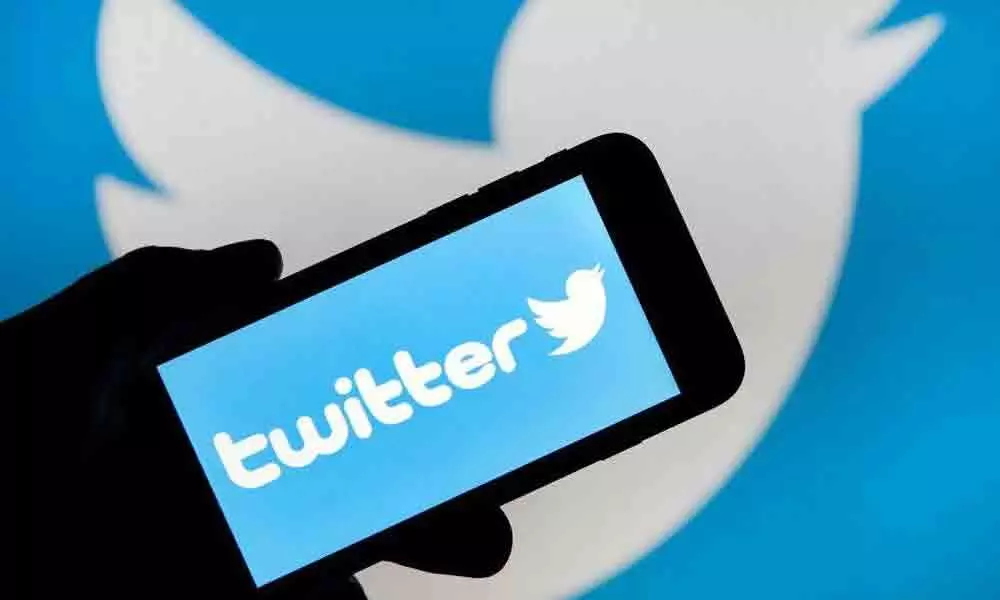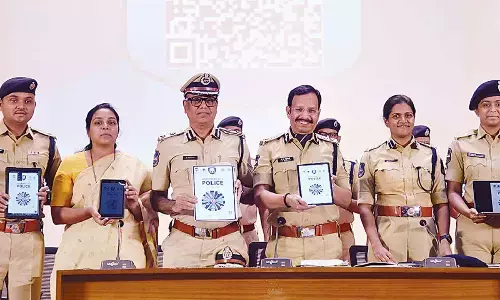Twitter to pay hackers to find biases in its automatic image cropping

Twitter is running a competition in the hopes that hackers and researchers can identify biases in its image cropping algorithm, and will award cash prizes to the winning teams through Engadget.
Twitter is running a competition in the hopes that hackers and researchers can identify biases in its image cropping algorithm, and will award cash prizes to the winning teams through Engadget. Twitter hopes that giving teams access to its image cropping code and model will allow them to find ways the algorithm could be harmful (such as cropping in a way that stereotypes or erases the subject of the image).
Those competing need to submit a description of their findings and a data set that can be run through the algorithm to demonstrate the problem. Twitter will then assign points based on the type of damage found, how much it could potentially affect people, and more.
The winning team will receive $ 3,500 and there are separate prizes of $ 1,000 for the most innovative and generalizable findings. That amount has caused a bit of a stir on Twitter, with some users saying it should have an extra zero. For context, Twitter's normal bug bounty program would pay you $ 2,940 if it found a bug that allowed it to perform actions for someone else (such as retweeting a tweet or an image) using cross-site scripting. Finding an OAuth issue that allows you to take over someone's Twitter account would fetch you $ 7,700.
Twitter has done its own research on its image cropping algorithm earlier: In May, it published an article investigating how the algorithm was skewed, following accusations that its previous crops were racist. Twitter has mostly removed algorithmic clipping previews since then, but it's still used on desktop and a good clipping algorithm is a useful thing for a company like Twitter.
Opening a competition allows Twitter to get feedback from a much wider range of perspectives. It's also not just the subconscious algorithmic bias that Twitter is looking for. The rubric has point values for both intentional and unintentional damages. Twitter defines unintentional damage as crops that could result from a "well-intentioned" user posting a regular image to the platform, while intentional damage is problematic clipping behaviours that could be exploited by someone posting maliciously designed images.
Twitter says on its ad blog that the competition is separate from its bug bounty program: If you submit a report on algorithmic biases to Twitter outside of the competition, the company says your report will be closed and marked as not applicable. If you're interested in joining, you can head over to the competitor's HackerOne page to see the rules, criteria, and more. Presentations are open until August 6 at 11:59 p.m. PT, and the winners of the challenge will be announced at Def Con AI Village on August 9.



















